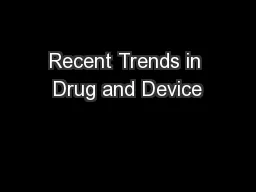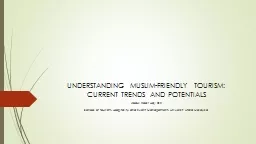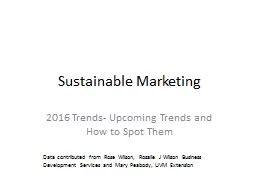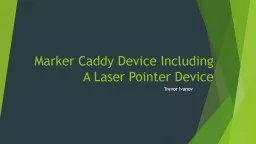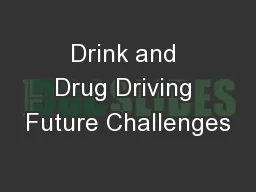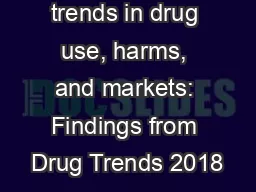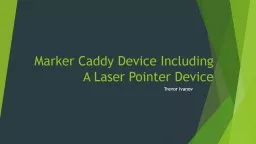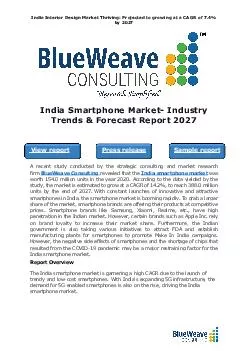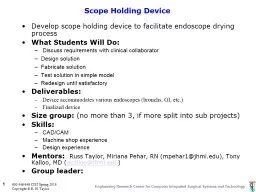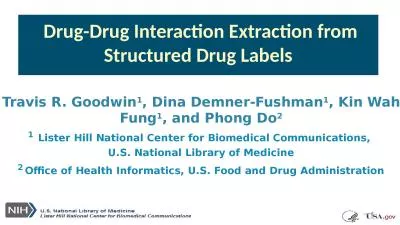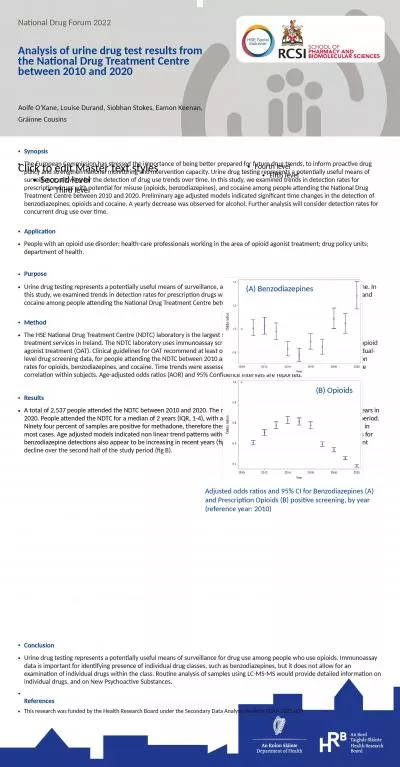PPT-Recent Trends in Drug and Device
Author : aaron | Published Date : 2018-12-26
Regulation Panelists Isabel Duffy Associate Vice President Merck amp Co Inc Jeff Handwerker Partner Arnold amp Porter LLP Michael Labson
Presentation Embed Code
Download Presentation
Download Presentation The PPT/PDF document "Recent Trends in Drug and Device" is the property of its rightful owner. Permission is granted to download and print the materials on this website for personal, non-commercial use only, and to display it on your personal computer provided you do not modify the materials and that you retain all copyright notices contained in the materials. By downloading content from our website, you accept the terms of this agreement.
Recent Trends in Drug and Device: Transcript
Download Rules Of Document
"Recent Trends in Drug and Device"The content belongs to its owner. You may download and print it for personal use, without modification, and keep all copyright notices. By downloading, you agree to these terms.
Related Documents

